Getting organized for play-based speech therapy
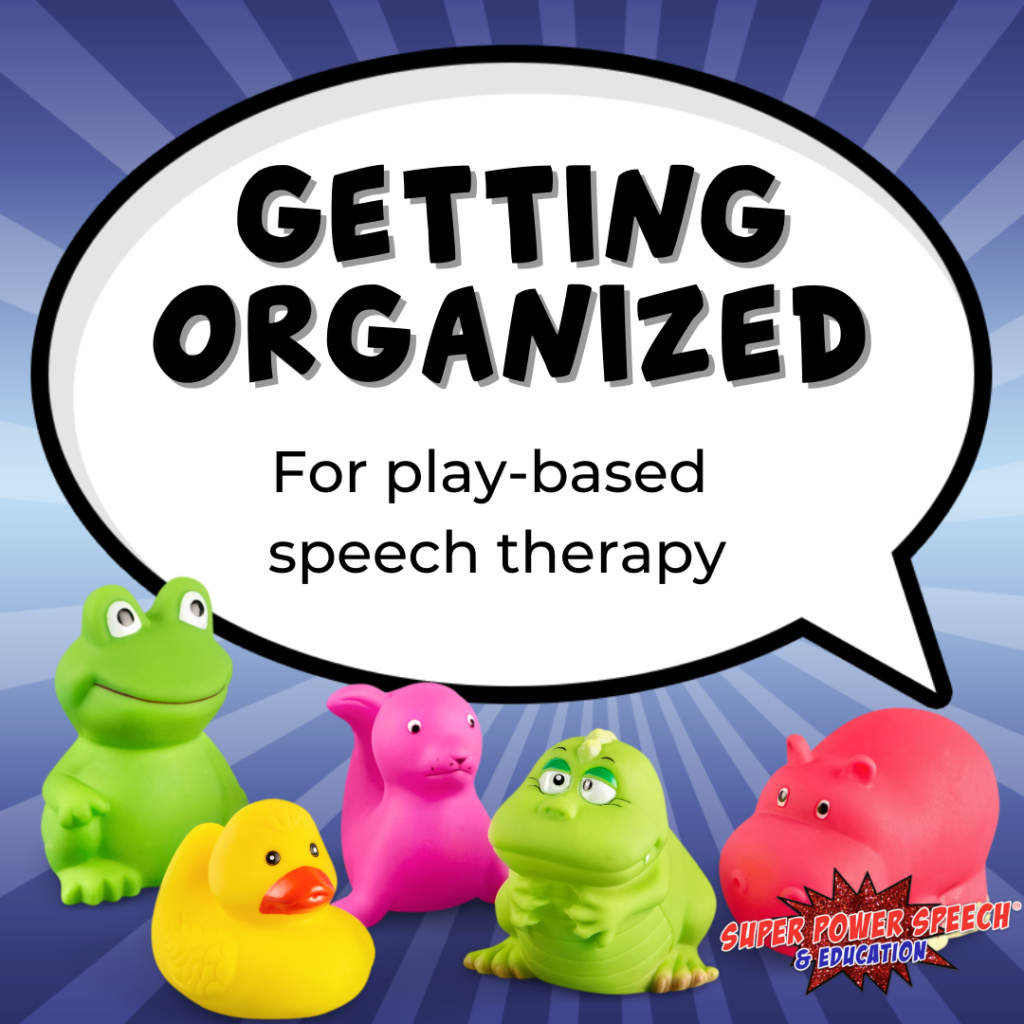
33% of my students with speech IEPs work on very basic 1-3 word utterances (verbally or non-verbally). One of the many ways that I work on their speech goals is to engage them with play-based speech therapy.
What is play-based therapy?
I use my own approach to therapy, loosely based on Floor Time. A box of toys is chosen by myself or the child, and we engage in a basic or complex play filled with my sneaky approaches to improve communication and social skills.
- I consistently and repetitively repeat labels, actions, and descriptors.
- I withhold items and actions until the child requests, comments, or repeats.
- I add anticipatory pauses to encourage the child to respond.
- I am excited about the play, and any communication attempts that the child performs.
Is play-based speech therapy fun? YES! Is it exhausting? YES! Does it require organization? YES!
How do you get organized for play-based therapy?
My space is set up well with many bookshelves. I have stated using these to my advantage by organizing themed toys into bins on the shelves! I choose the bin that we will be using that day based on the season, letter of the week, or interest of the child.
Originally, I had been excited about using clear boxes so I could easily find the items. However, I quickly discovered that the kids were a little too excited about the toys and were too easily distracted if they could see all of the options. I put large labels in the sides of the boxes to help with this issue.
I have also been working for the last year on adding picture choices that I can use to complement my core boards.
Get ready for some fun!
If you want to get serious about getting organized, check out my course:
helping school-SLPs take back their weekends!
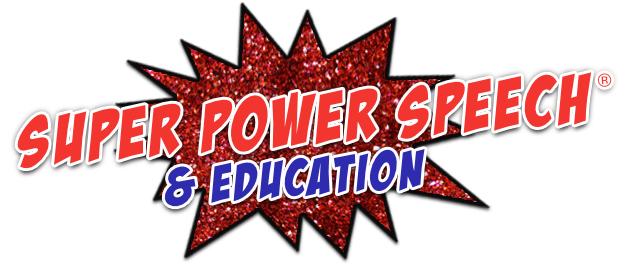
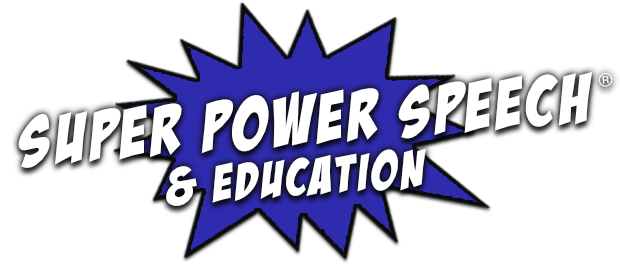
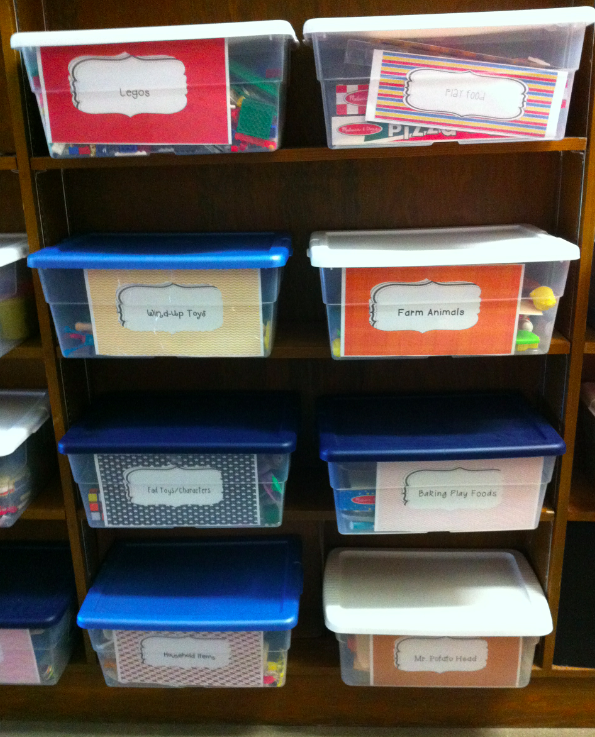
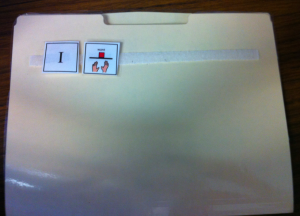
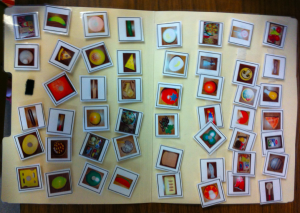

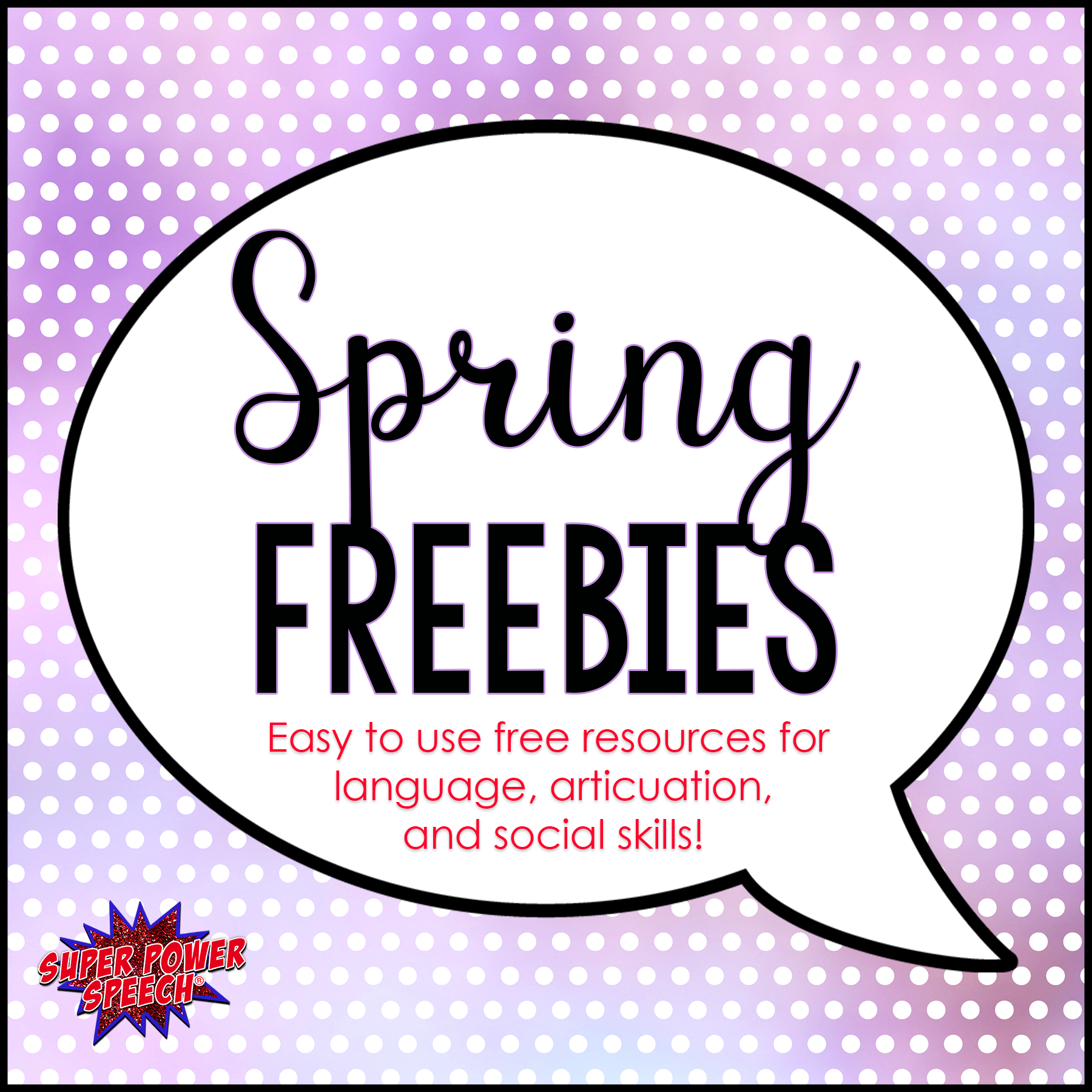

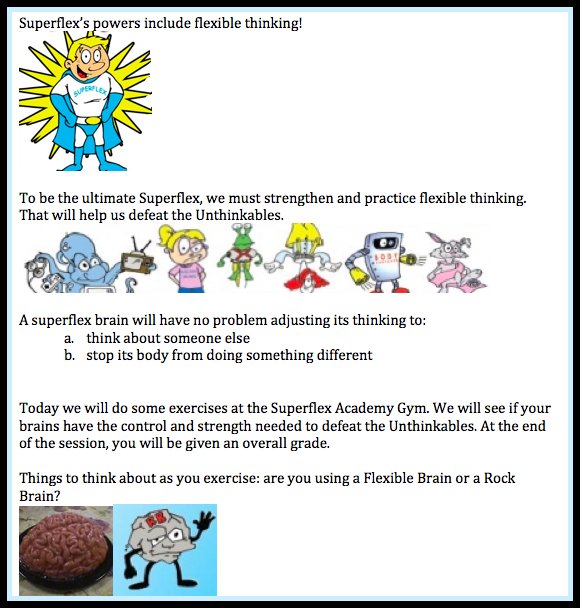
Thanks for the ideas! This is my second year working with preschool age children. I don’t have many of my own materials, so I push in the classrooms and use the toys in the centers. I also created my own space to try to get 10-15 minutes of drill in for the artic/phono kiddos. I really like the idea of having the communication boards for each box. I am going to work on adding those to the centers.
What is your caseload size and/or how many kids do you see in a group for play based therapy? It rarely have the option to see one on one for therapy because of my caseload size so I was just wondering how this looks like for you? I love the idea of boxes for play! I use them for complete lessons.
My caseload is 64 right now. I use play based therapy for my life skills kids, who are almost all 1:1.
Thank you for these ideas. I’ll start working with preschoolers soon and this gives me some ideas to start with. I like the “I want” folders already prepped for the box!
How did you make those cute labels?
Thanks for sharing…I really like the idea of creating picture communication boards for each bin. We recently two ASD programs, I think this would be a great organization and therapy tool!
I use play based therapy for all of the students I work with, even teenagers. I organize some materials by theme; some by phoneme; and some by lesson, meaning I may use particular toys to teach a particular social skill. I do use some toys for multiple purposes, so I am trying to make a list of possible toy locations in case I have moved them around.
I do things really similar in my preschool classrooms! I actually put aided communication boards on the lid of each box instead of on a file folder (right now anyway). With these boards the kids do not move the pictures or exchanges the pictures, instead they are encouraged to point to the board as they attempt to communicate/expand on their verbal utterances.
I like your idea of having the pictures attached to the lid.
What method(s) do you use for data collection when using a play based approach?
I do mostly narrative data. I sometimes collect data on number of times initiated or spontaneous words generated depending on the student’s goals.
What are some examples of things you have in each box?
The box label describes the general ideas. I can take pictures of exact things in the boxes at some future time.